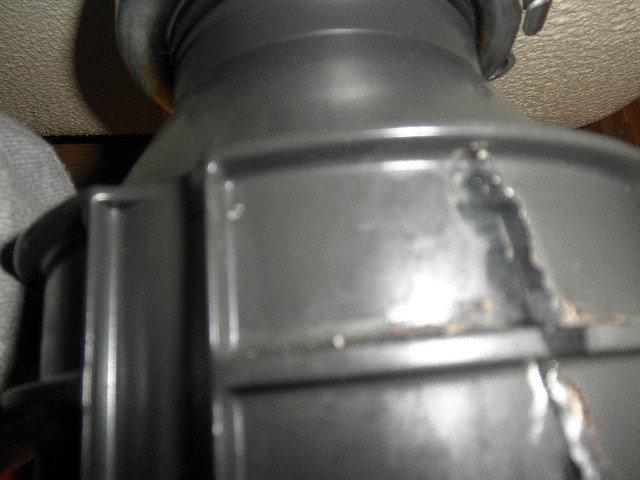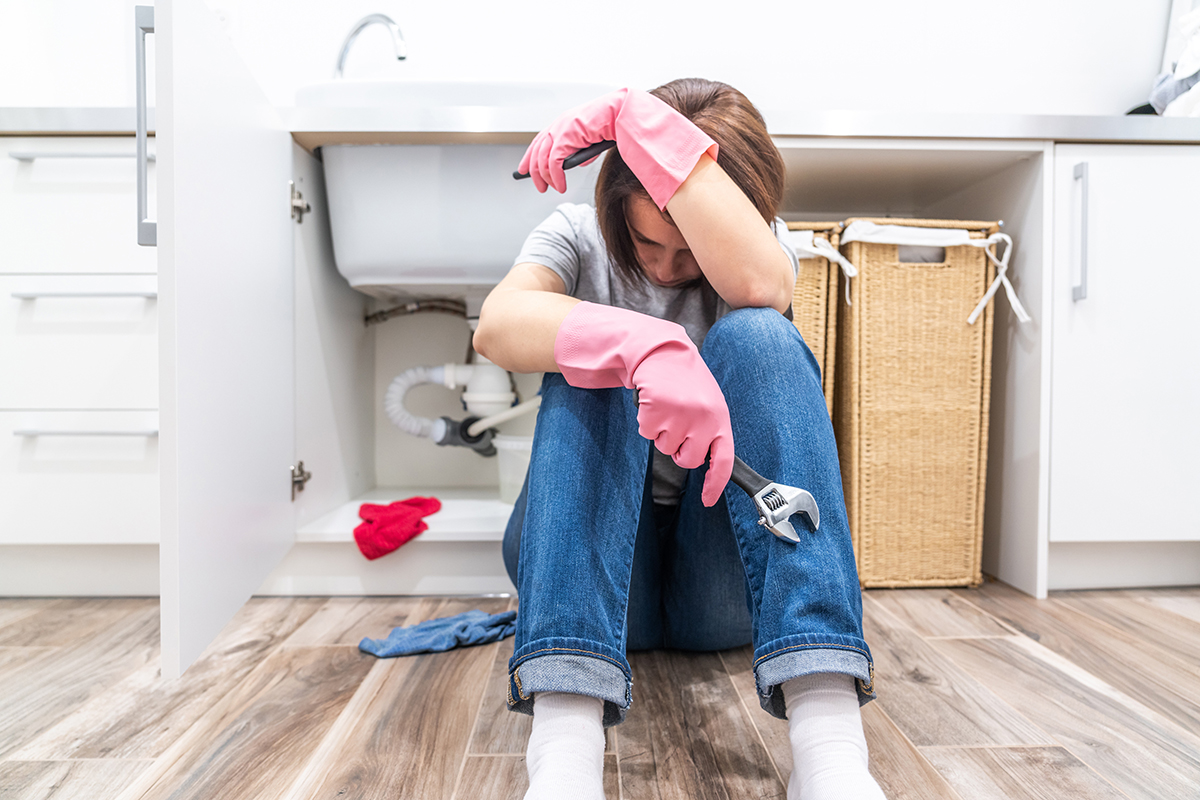Handy Techniques for Repairing a Dripping Garbage Disposal
Handy Techniques for Repairing a Dripping Garbage Disposal
Blog Article
Are you currently trying to find tips on Garbage Disposal Leaking From Bottom?

Waste disposal unit are important kitchen devices that aid in taking care of food waste successfully. Nevertheless, a dripping garbage disposal can be a discouraging and untidy issue to deal with. The good news is, many leaks can be repaired conveniently with a couple of straightforward actions. In this write-up, we will discuss just how to take care of a leaking garbage disposal successfully.
Intro
Waste disposal unit are mounted under cooking area sinks and are made to shred food waste right into smaller items, enabling it to travel through the pipes system conveniently. While these tools are normally reputable, leakages can take place with time due to wear and tear, loosened links, or damage to the system.
Step-by-Step Guide to Dealing With a Dripping Garbage Disposal
Turn Off the Power
Prior to attempting any kind of repair services, make sure that the power to the garbage disposal system is turned off to stop the danger of electric shock.
Find the Leakage
Determine the specific location of the leakage and establish the cause
Tighten Connections
Utilize a wrench to tighten up any kind of loose connections between the disposal system and the pipes system.
Change Seals or Gaskets
If the leakage is due to worn seals or gaskets, eliminate the old components and change them with brand-new ones.
Patching Cracks or Openings
For splits or openings in the disposal device, usage epoxy or an appropriate patching material to seal the damaged area.
Determining the Resource of the Leakage
Before trying to take care of a dripping garbage disposal, it is essential to identify the source of the leak. This can generally be done with visual inspection or by performing basic examinations.
Visual Evaluation
Inspect the waste disposal unit unit very carefully for any kind of indications of water leak. Pay attention to locations around seals, gaskets, and connection points.
Examining for Leaks
One method to check for leakages is by running water via the disposal device and checking for any type of visible signs of leakage.
Usual Sources Of Leakages in Trash Disposals
Worn Seals and Gaskets
Seals and gaskets play a critical role in stopping water from leaking out of the garbage disposal. In time, these elements can deteriorate, bring about leaks around the disposal system.
Loose Links
The connections in between the waste disposal unit and the pipes system can become loosened in time, causing water to leak out throughout operation.
Cracks or Openings in the Disposal Unit
Physical damages to the waste disposal unit, such as splits or openings in the housing, can also cause leaks.
Tools and Products Needed for Fixing a Leaking Garbage Disposal
Prior to beginning the repair service process, collect the required devices and products, including a screwdriver, flexible wrench, plumbing technician's putty, replacement seals or gaskets, and epoxy or patching material for fixing cracks or holes.
Checking the Waste Disposal Unit After Fixing
As soon as the repair service is full, test the waste disposal unit by running water via it to make certain that the leakage has actually been solved.
Preventive Upkeep Tips to Stay Clear Of Future Leakages
To prevent future leaks, it is essential to perform regular upkeep on your waste disposal unit. This consists of keeping it clean, preventing placing non-food things or hard objects down the disposal, and regularly looking for leakages or various other concerns.
Final thought
Finally, fixing a leaking garbage disposal is a relatively straightforward procedure that can be finished with standard devices and products. By following the actions laid out in this post and practicing preventive upkeep, you can maintain your garbage disposal in good working problem and prevent pricey repair work in the future.
What to Do About a Leaking Garbage Disposal
A leaking garbage disposal often goes unnoticed until you confront a sopping cabinet, a foul-smelling puddle, or an audible drip-drip-drip from the unit. The fix can be frustrating, too, because the leak can stem from a number of components in the system. Fortunately, with a little sleuthing, you can zero in on the leak and—depending on the exact location—stop the icky oozing and repair the component that caused it. Worst case scenario, if it turns out that the garbage disposal must be replaced, installing a new one is a reasonable do-it-yourself task for those with basic plumbing skills. Read on to keep the cash you’d otherwise hand over to a pro.
Prepare to find the leak
Prior to testing the garbage disposal for leaks, unplug it at the wall outlet and turn off the power from the breaker box to prevent electrical shock. Then insert a watertight sink stopper into your sink drain and wipe the unit dry with a clean cloth. In any handy container, mix a few drops of food coloring into a few cups of water, and pour the dyed water onto the sink stopper to help you locate the leak.
Investigate the source
the top, where the disposal meets the sink drain the side, where the dishwasher hose or main drain pipe connects to the disposal or the bottom of the unit Inspect each of these locations while gliding a light-colored rag over the unit; the dyed water will readily show on the rag and reveal the location of the leak. If a leak isn’t immediately apparent, remove the sink stopper and pour a few more cups of dyed water down the sink drain, then check for leaks again. Leaks near the top of the unit are more likely to show themselves while the sink is plugged, while side and bottom leaks are more noticeable while the sink is unplugged.
The metal sink flange that sits directly inside the sink drain is typically sealed around the top with plumber’s putty (a clay-like sealant) and then secured from under the sink with bolts. If the plumber’s putty deteriorates, or the bolts loosen, the flange can no longer form a watertight seal between the sink drain and the disposal—which could cause a leak at the top of the unit.
To reseal the leaky flange, you must first detach the garbage disposal. Start by loosening the screws securing the main drain pipe to the disposal, then loosen the screws in the metal clamp securing the dishwasher hose to the disposal and detach the drain pipe and dishwasher hose from the disposal. Loosen the screws in the mounting ring that connects the disposal to the metal mounting assembly beneath the sink, then pull down the disposal and carefully set it on a clean, dry surface. Loosen the bolts in the mounting assembly with a wrench, then pull down the mounting assembly and set it near the disposal.

I was shown that write-up about How to fix a pretty consistent leak from my garbage disposal from a friend on our other blog. Sharing is caring. Helping people is fun. Thanks for your time. Please pay a visit to our site back soon.
Go Company Report this page